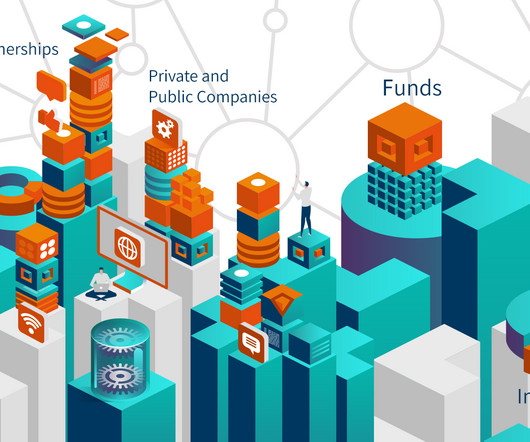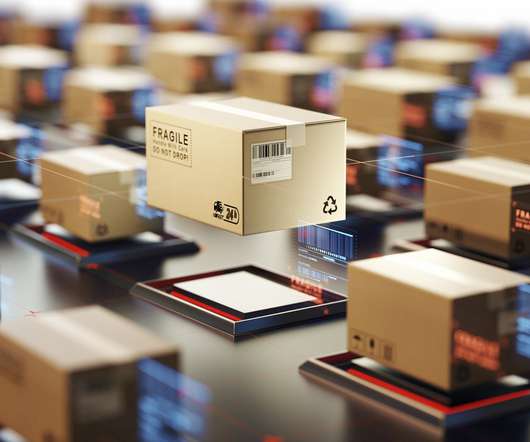The Foundations of a Modern Data-Driven Organisation: Change from Within (part 2 of 2)
Cloudera
AUGUST 12, 2021
The report classified employees’ reasons for leaving into six broad categories such as growth opportunity and job security, demonstrating the importance of using performance data, data collected from voluntary departures and historical data to reduce attrition for strong performers and enhance employees’ well-being.













Let's personalize your content